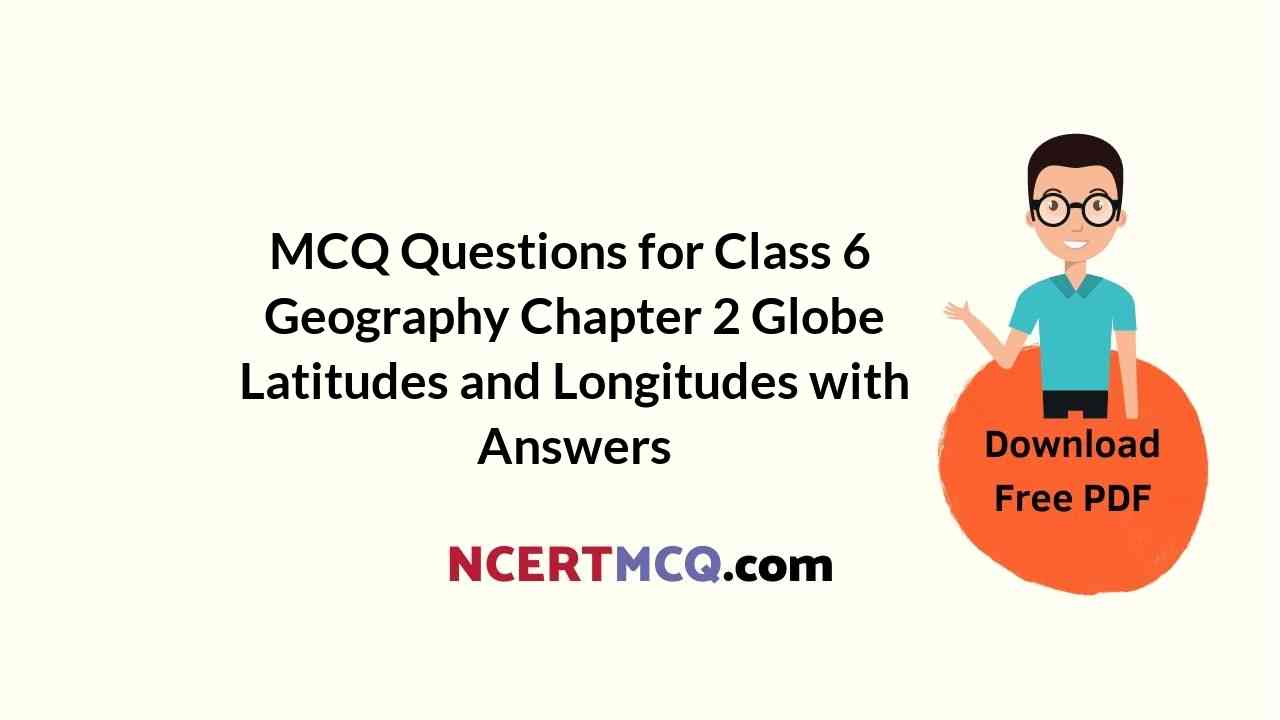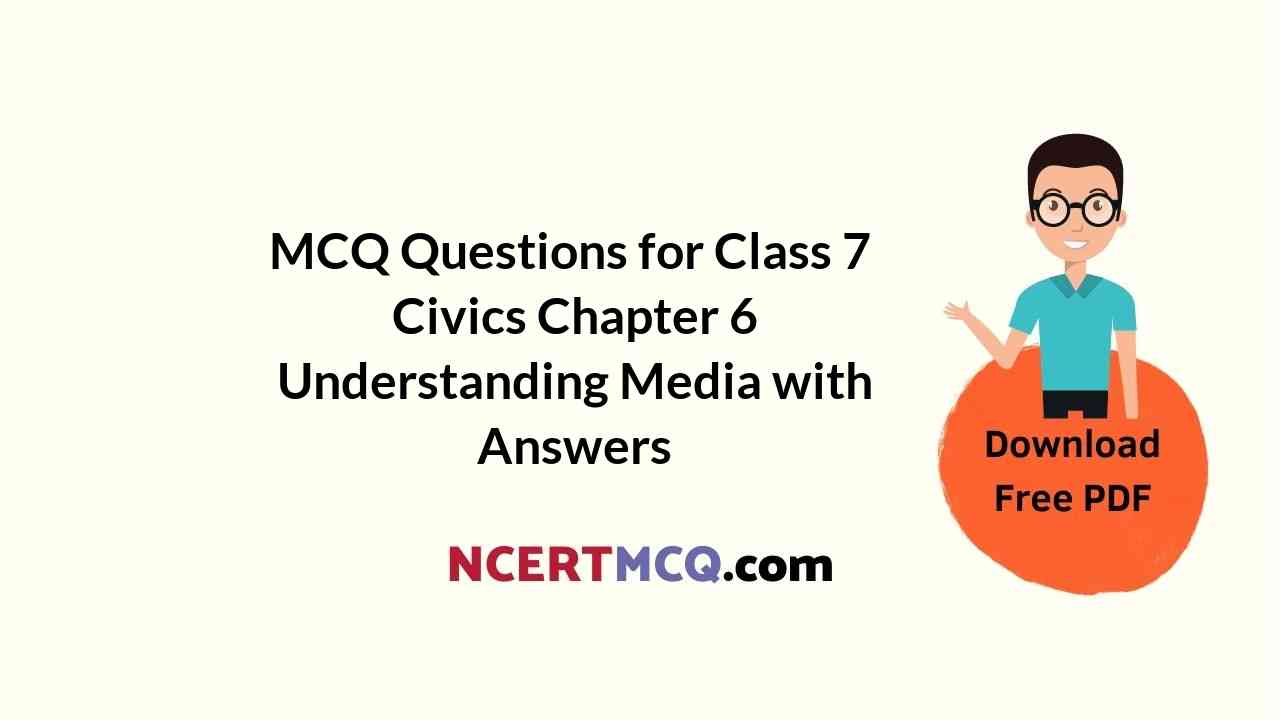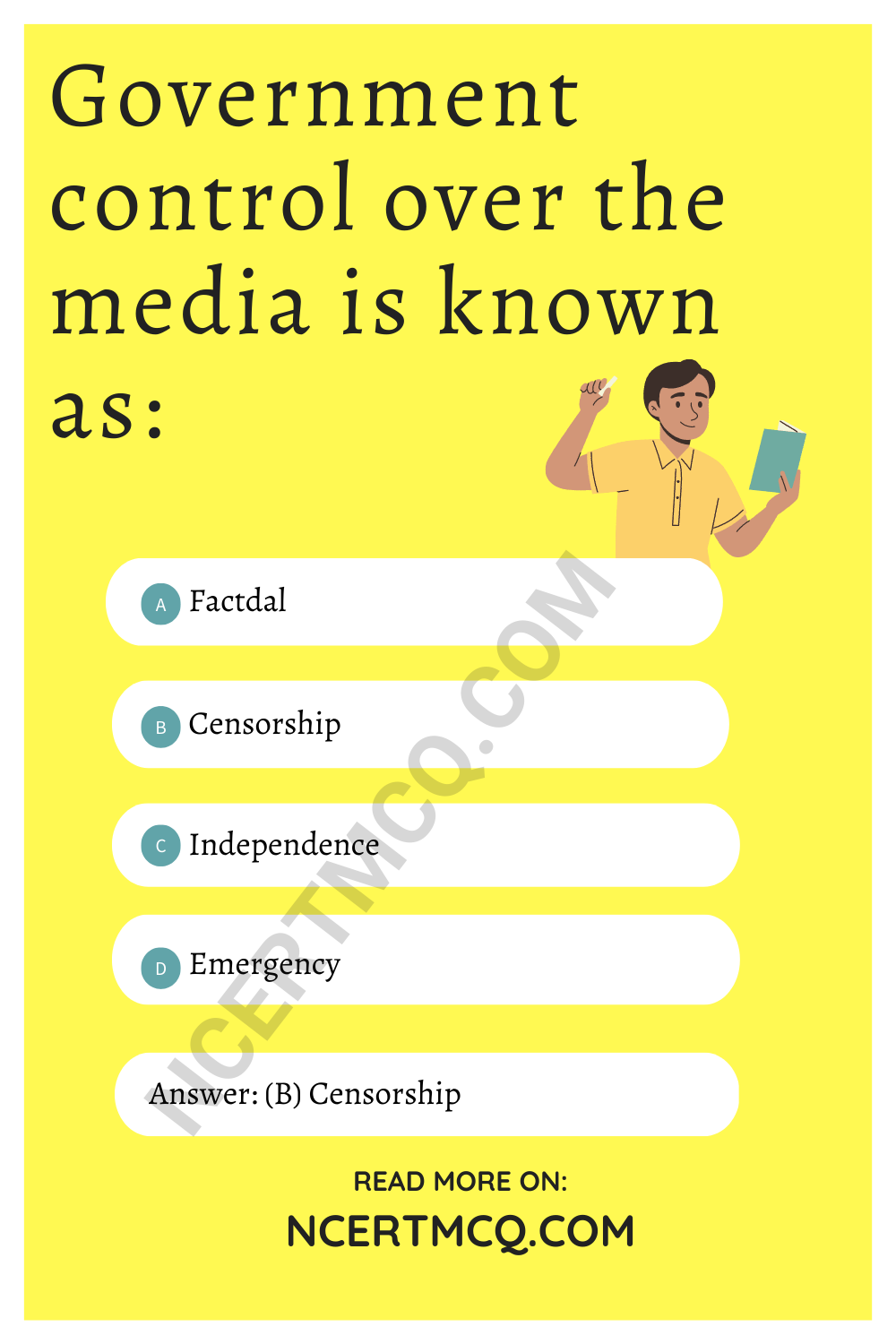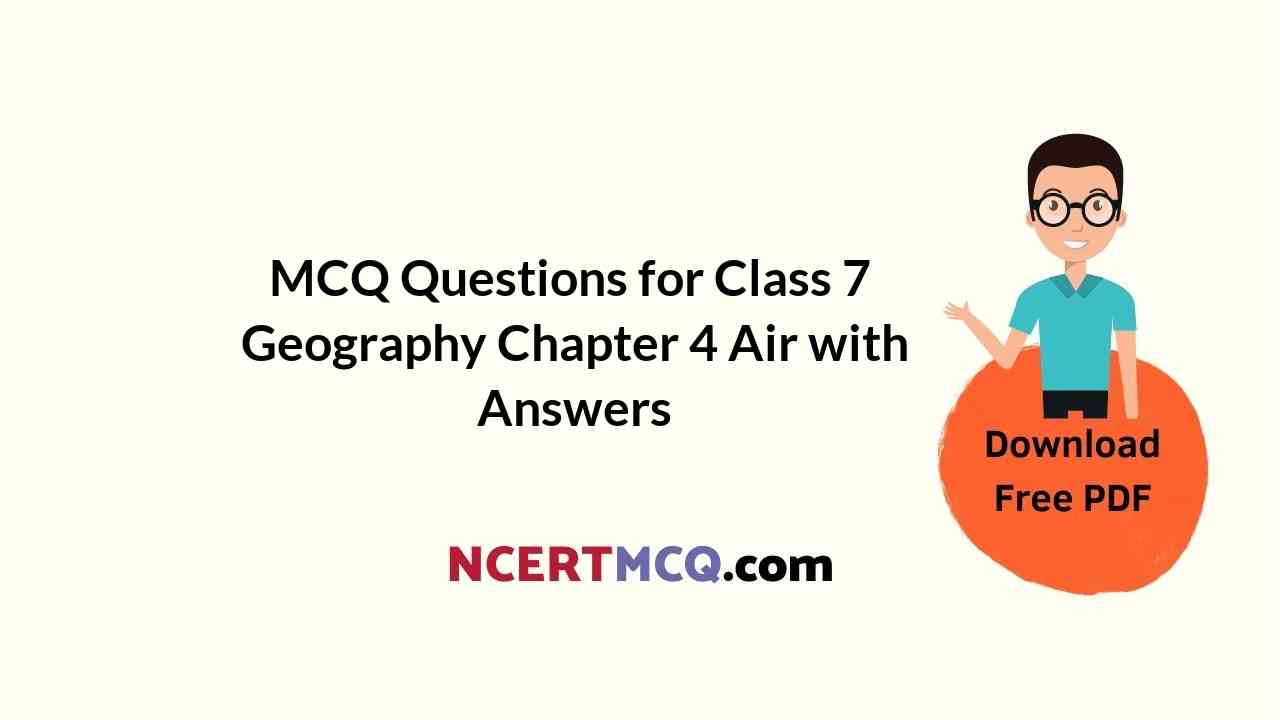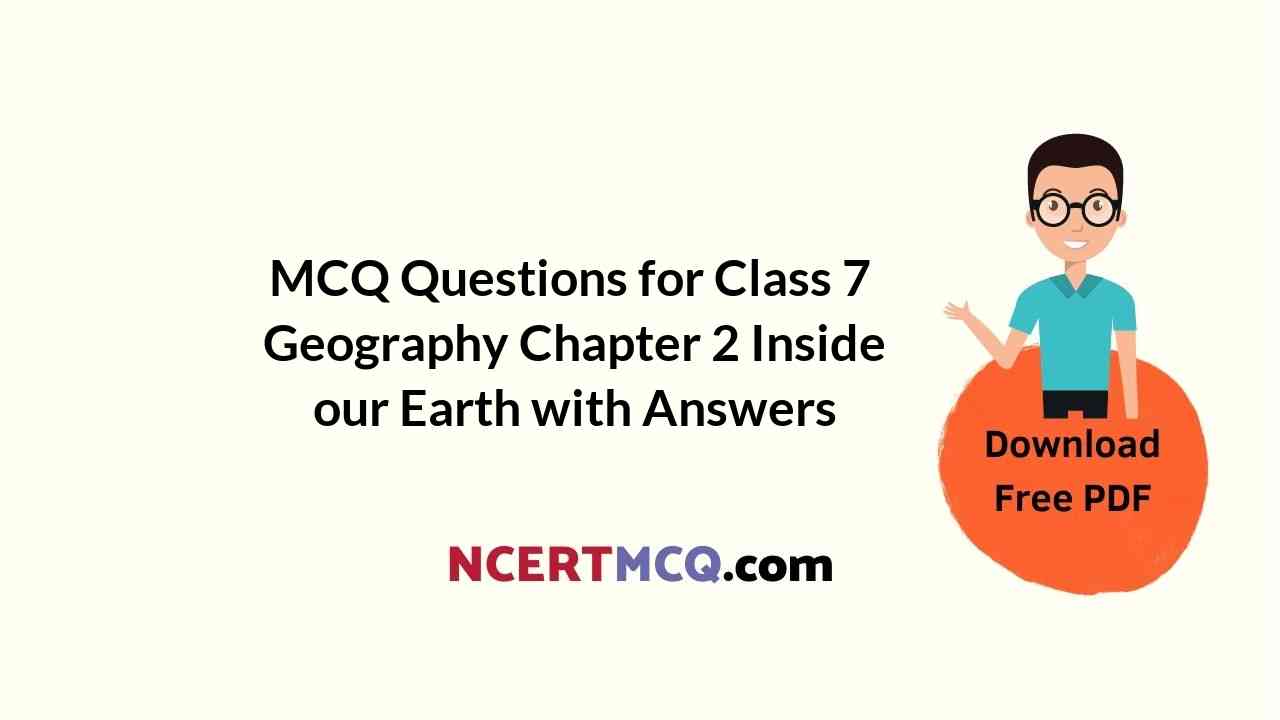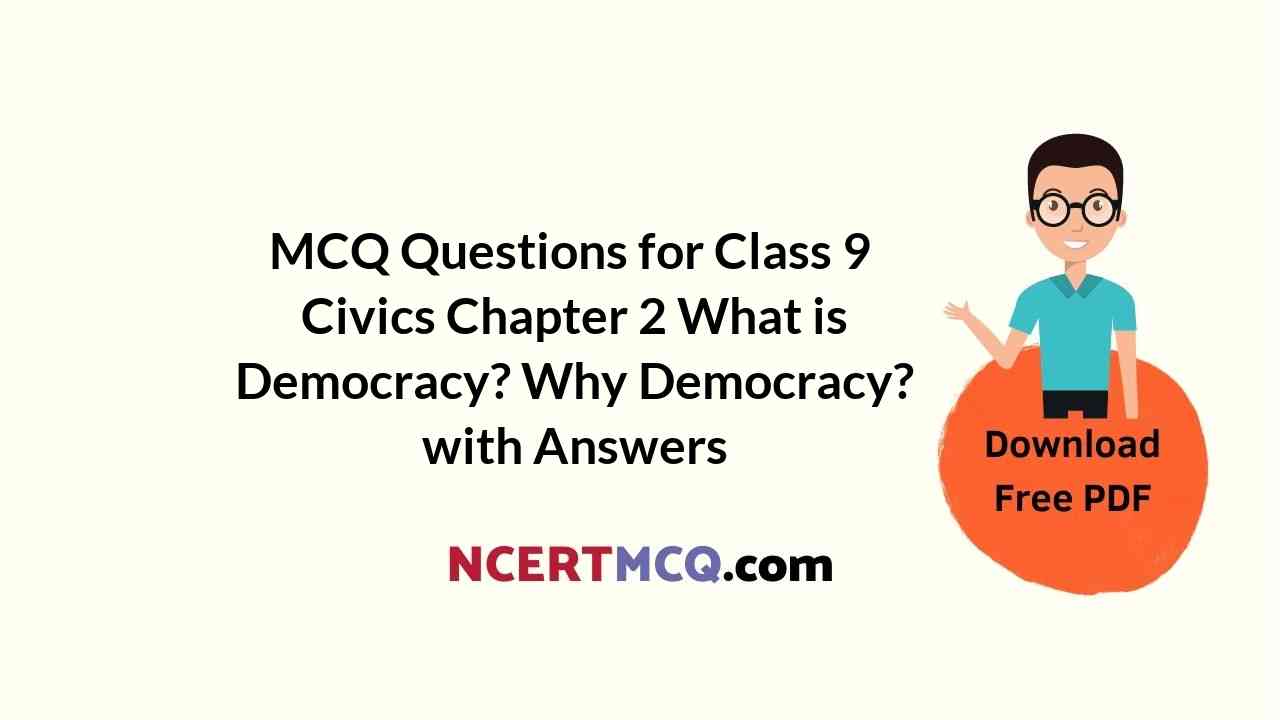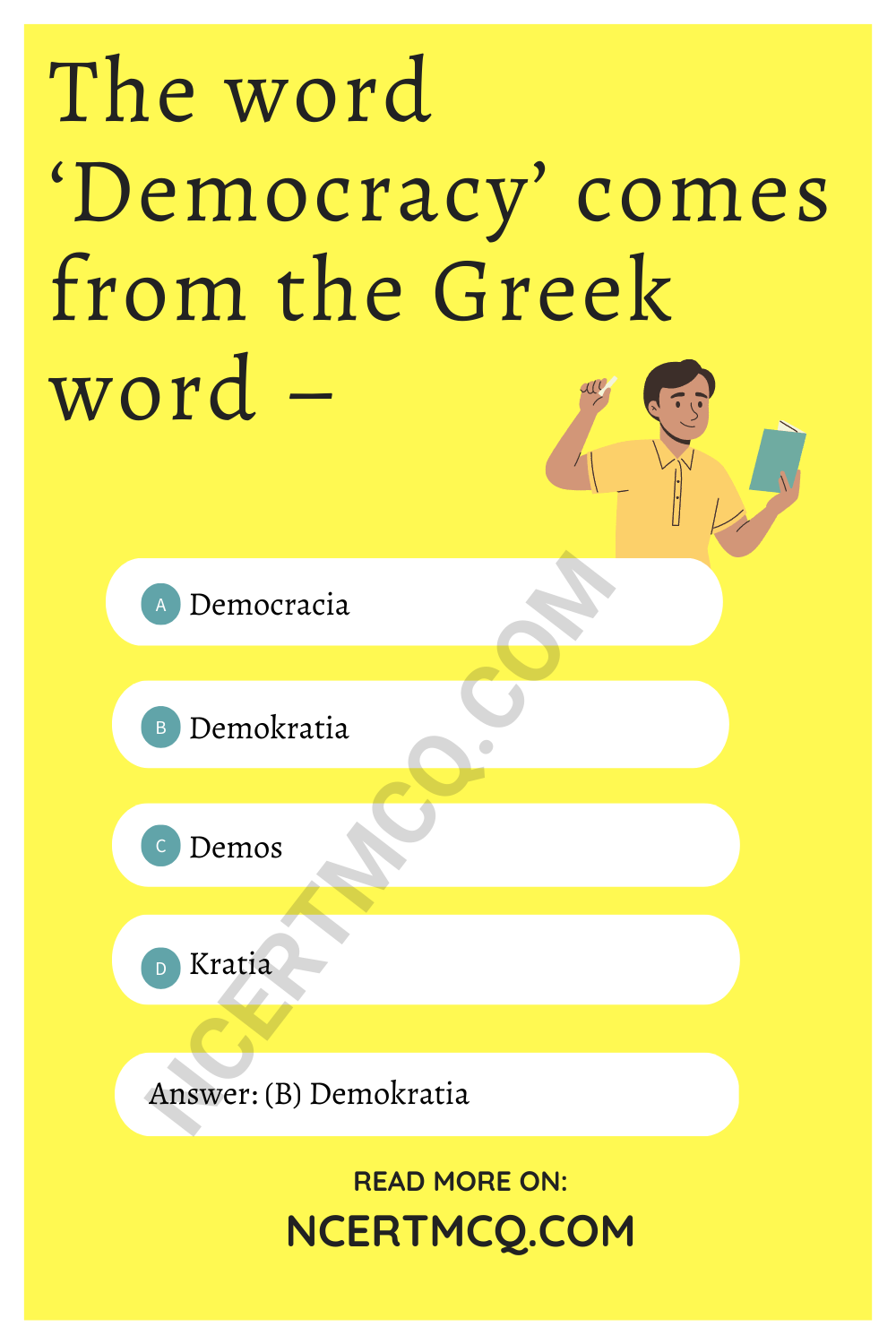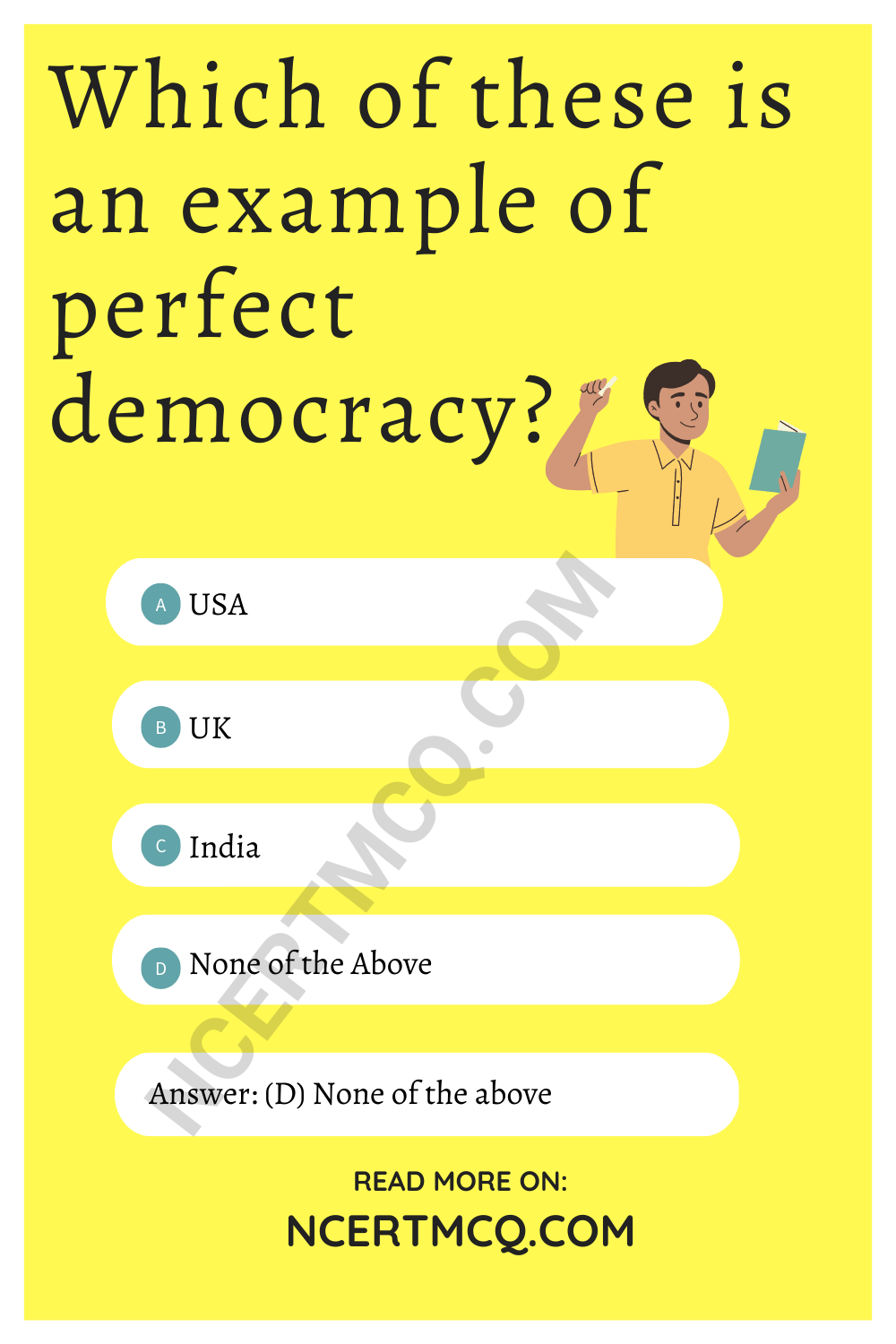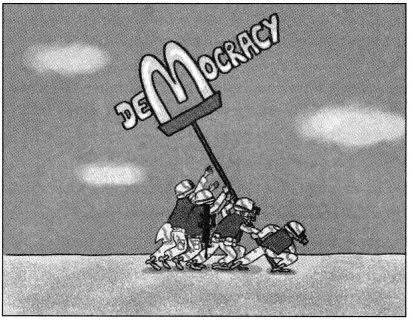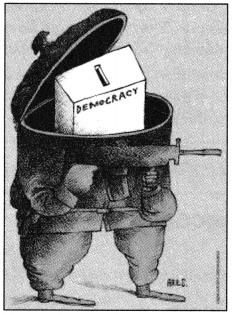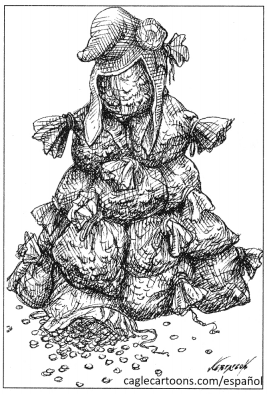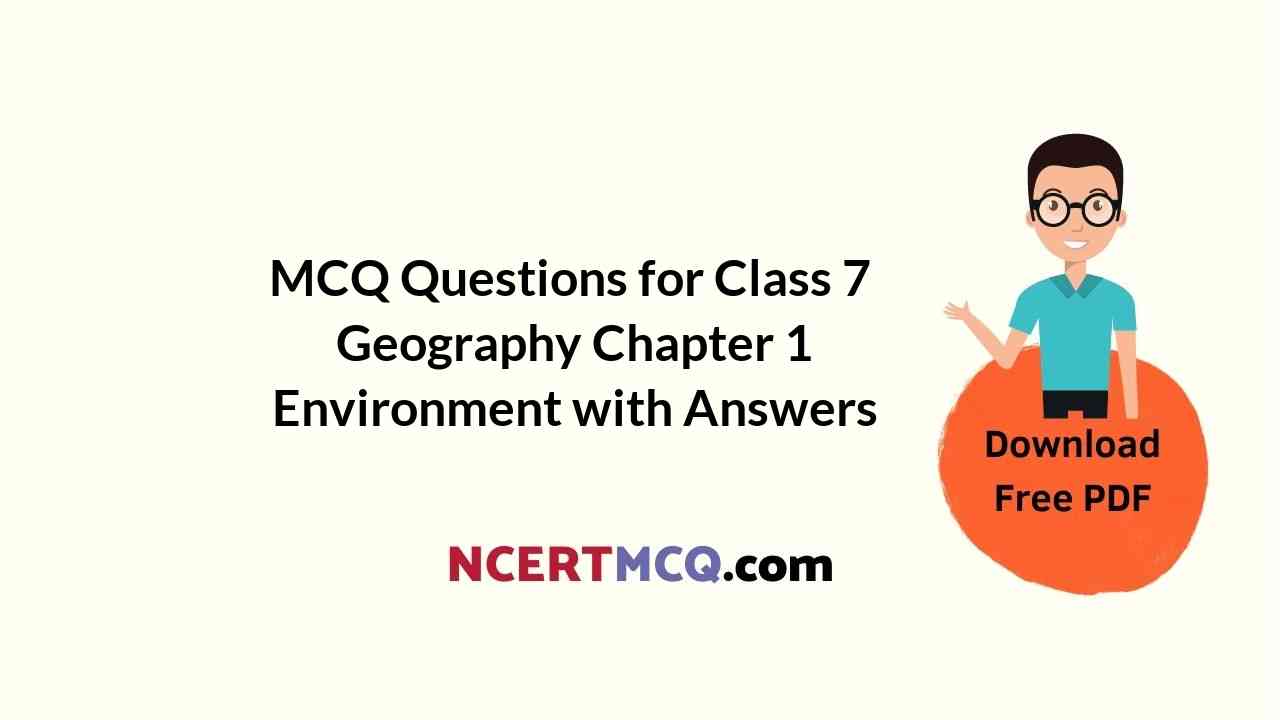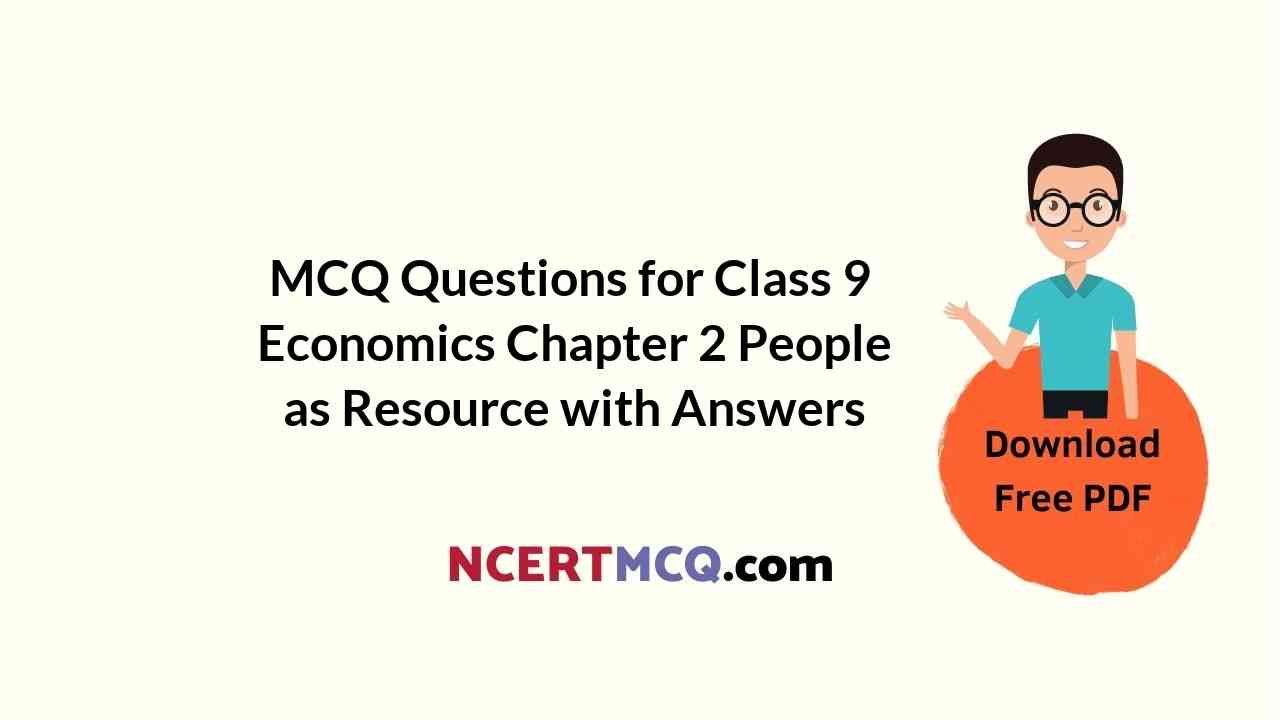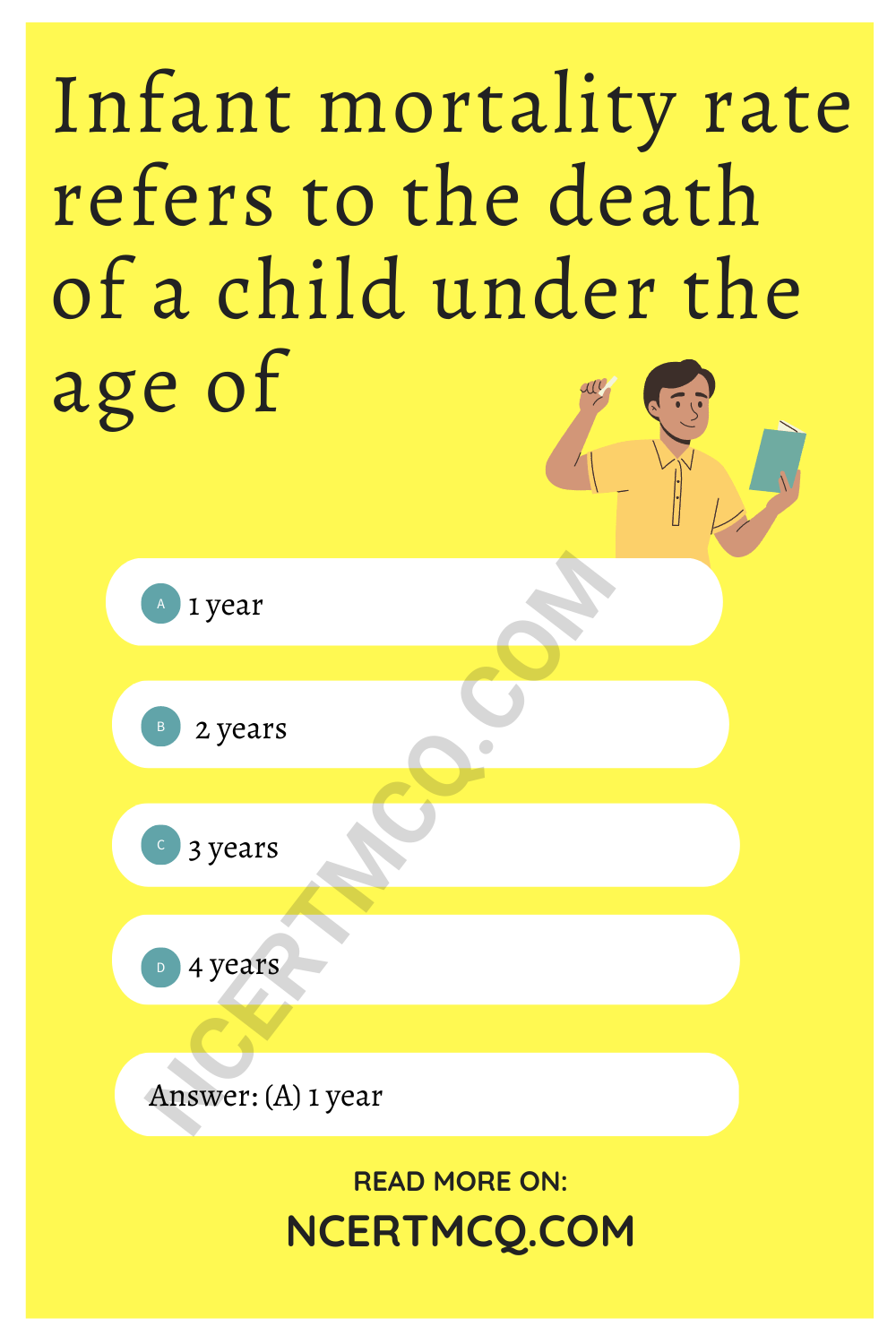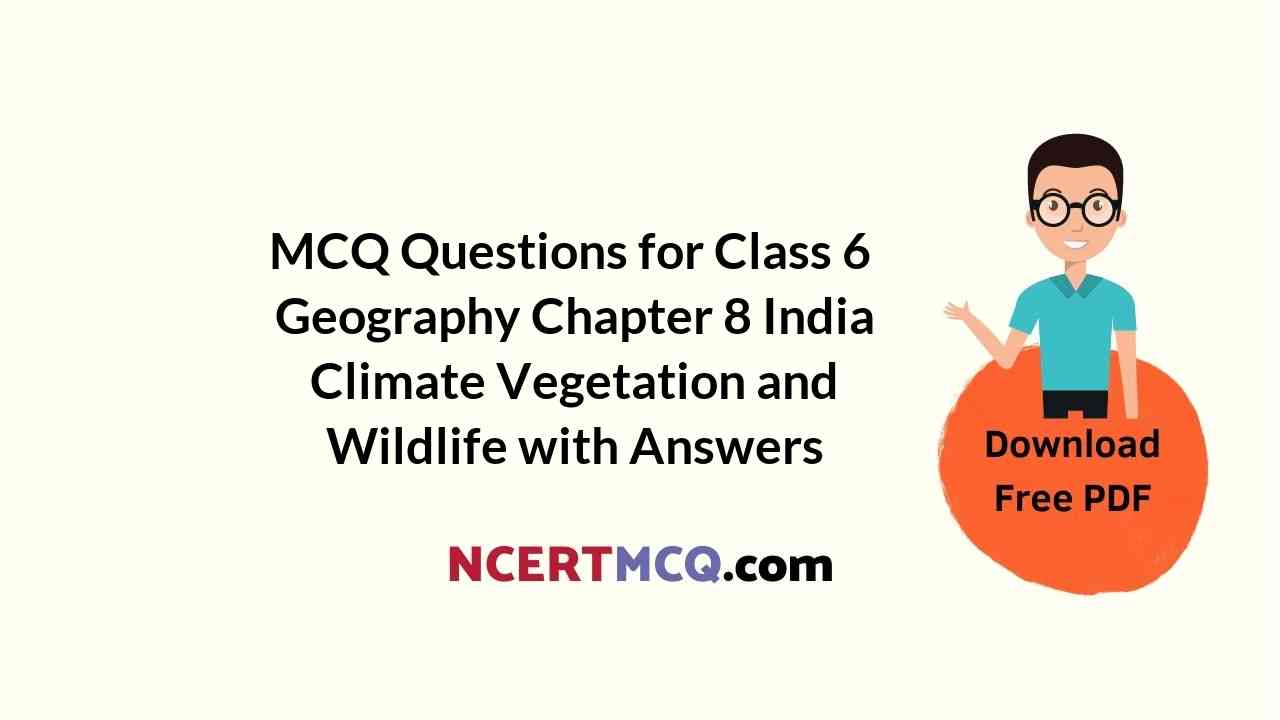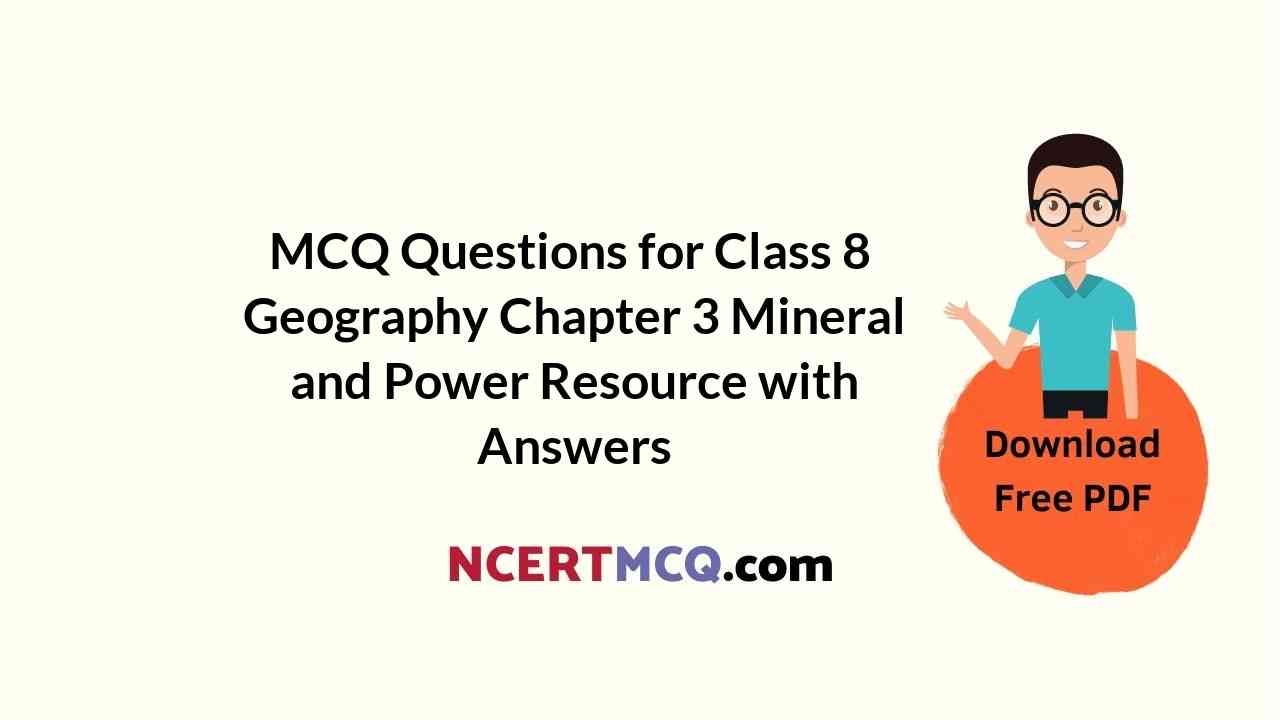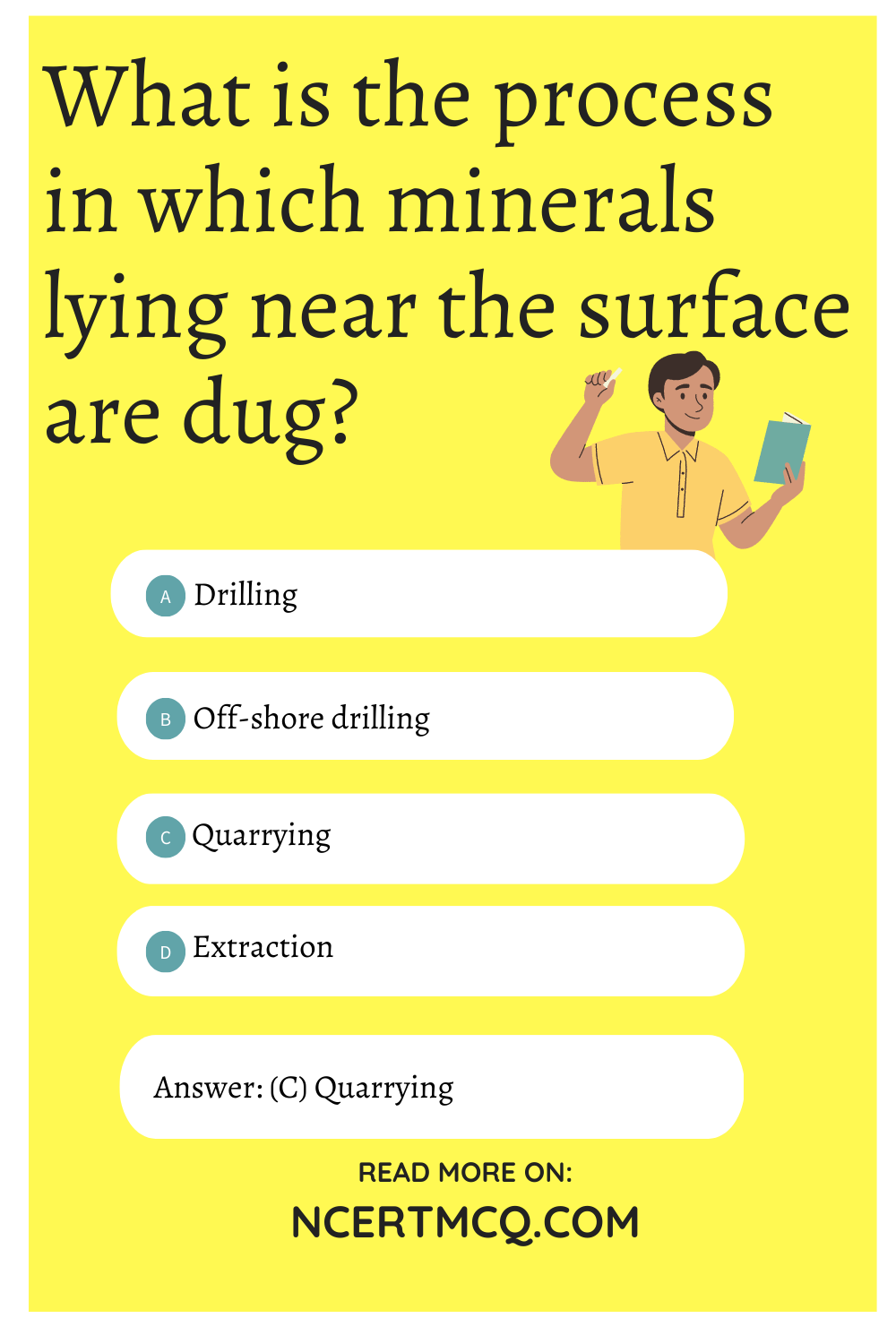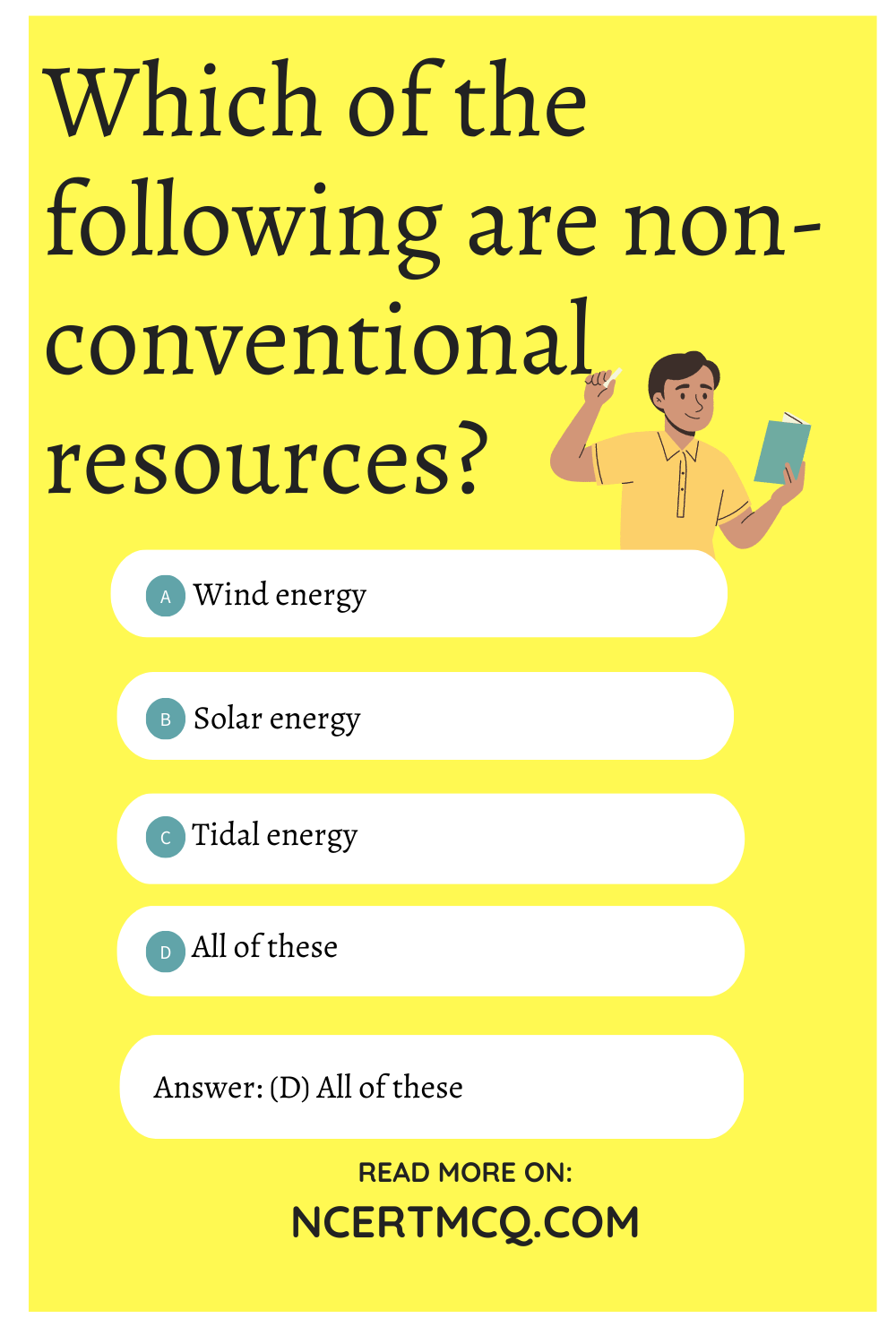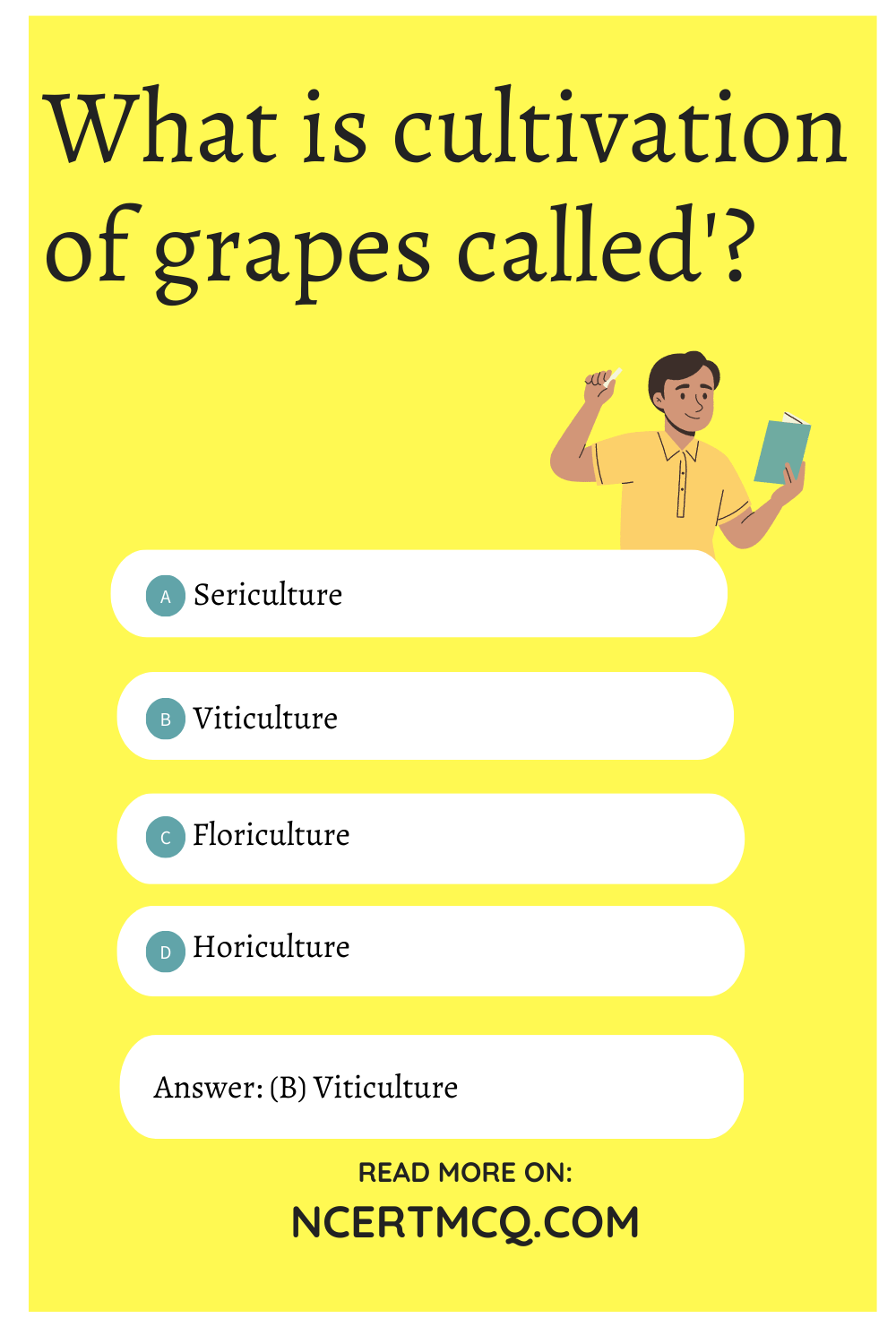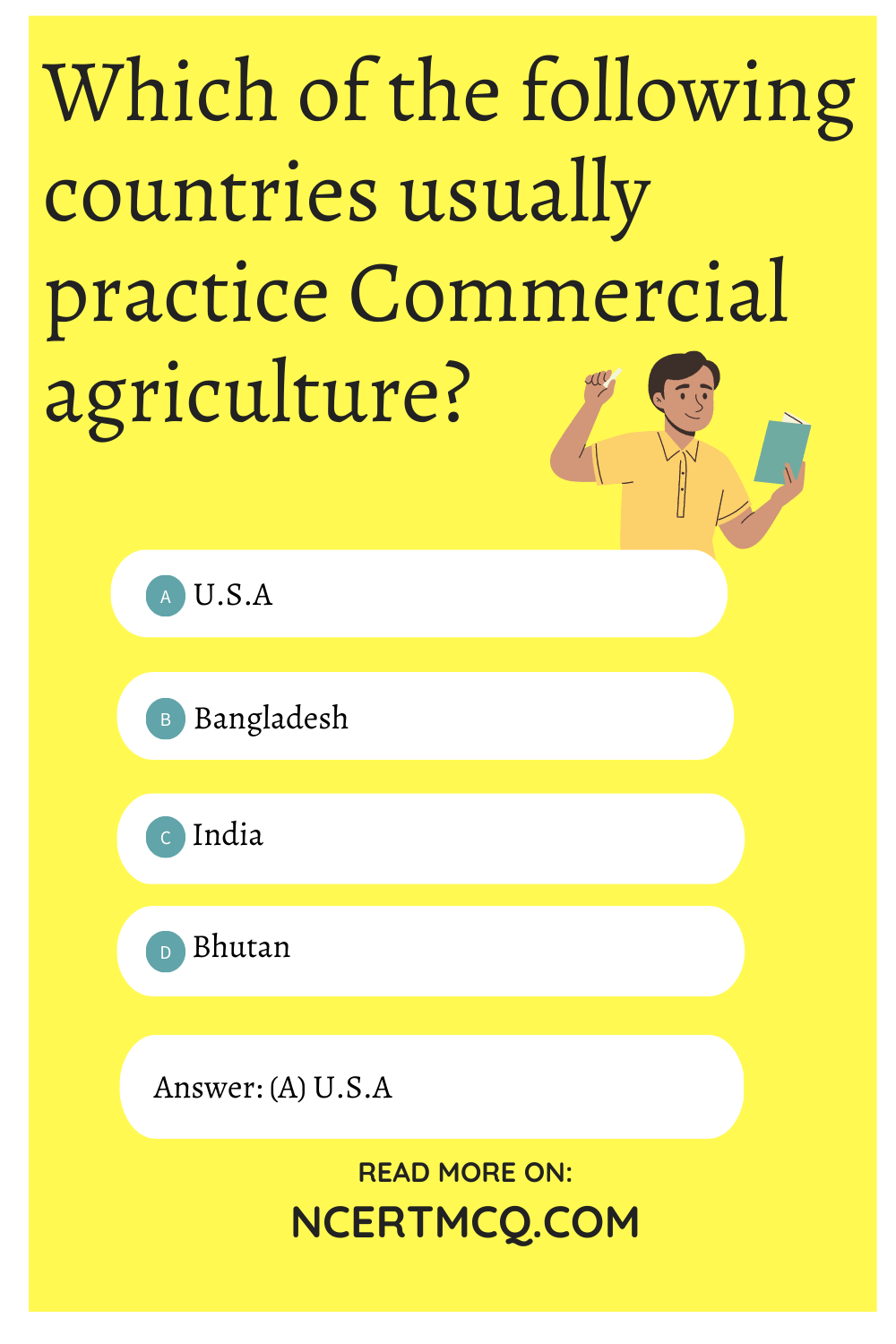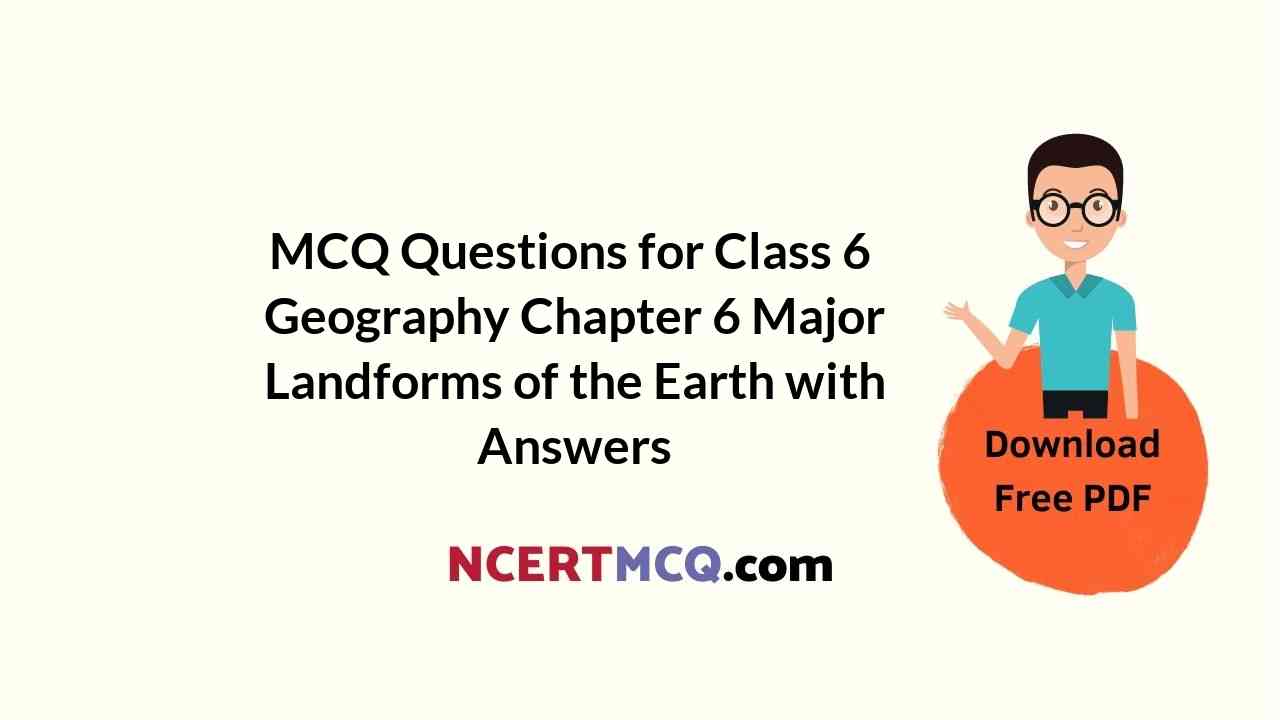Check the below NCERT MCQ Questions for Class 6 Geography Chapter 2 Globe Latitudes and Longitudes with Answers Pdf free download. MCQ Questions for Class 6 Social Science with Answers were prepared based on the latest exam pattern. We have Provided Globe Latitudes and Longitudes Class 6 Geography MCQs Questions with Answers to help students understand the concept very well. https://ncertmcq.com/mcq-questions-for-class-6-social-science-with-answers/
Class 6 Social Science Geography Chapter 2 MCQ With Answers
Geography Class 6 Chapter 2 MCQs On Globe Latitudes and Longitudes
Choose the correct answer:
MCQ Questions For Class 6 Geography Chapter 2 Question 1.
What is a globe?
(a) Earth
(b) True model of the earth
(c) Both (a) and (b)
(d) None of these
Answer
Answer: (b) True model of the earth
Class 6 Geography Chapter 2 MCQ Question 2.
Which of the following are shown on the globe in their true size?
(a) Countries
(b) Continents
(d Oceans
(d) All of these
Answer
Answer: (d) All of these
Globe Latitudes And Longitudes Class 6 MCQ Question 3.
What is called a needle fixed through the globe in a tilted manner?
(a) Orbit
(b) Axis
(c) Latitude
(d) Longitude
Answer
Answer: (b) Axis
Ncert Class 6 Geography Chapter 2 MCQ Question 4.
What divides the earth into two equal parts. The northern hemisphere and the southern hemisphere?
(a) Tropic of Capricorn
(b) Tropic of Cancer
(c) Equator
(d) Arctic Circle
Answer
Answer: (c) Equator
Latitudes And Longitudes Class 6 MCQ Question 5.
Name one of the following parallels of latitudes as Tropic of Cancer.
(a) 0°
(b) 23° 30′ S
(c) 23° 30′ N
(d) 66° 30′ N
Answer
Answer: (c) 23° 30′ N
Geography Class 6 Chapter 2 MCQ Question 6.
Between which parallels of latitudes is the Torrid Zone situated?
(a) Tropic of Cancer and Tropic of Capricorn
(b) Tropic of Cancer and Arctic Circle
(c) Tropic of Capricorn and Antarctic Circle
(d) None of these
Answer
Answer: (a) Tropic of Cancer and Tropic of Capricorn
MCQ Class 6 Geography Chapter 2 Question 7.
Which of the following zone is situated between 66°30′ S and poles?
(a) Torrid Zone
(b) Temperate Zone
(c) Frigid Zone
(d) All of these
Answer
Answer: (c) Frigid Zone
Globe Latitudes And Longitudes Class 6 MCQ Questions Question 8.
Which of the following is called the Prime Meridian?
(a) 23° 30′ N
(b) 23° 30′ S
(c) 82° 30′ E
(d) 0° longitude
Answer
Answer: (d) 0° longitude
MCQ On Latitudes And Longitudes Class 6 Question 9.
What divides the earth into the eastern and the western hemispheres?
(a) Equator
(b) Prime Meridian
(c) 82° 30′ E
(d) None of these
Answer
Answer: (b) Prime Meridian
MCQ Of Chapter 2 Geography Class 6 Question 10.
In which ocean are Tonga Islands situated?
(a) Indian Ocean
(b) Atlantic Ocean
(c) Pacific Ocean
(d) None of these
Answer
Answer: (c) Pacific Ocean
Class 6 Geography Ch 2 MCQ Question 11.
On which parallel of latitude is Mauritius located?
(a) 10° N
(b) 20° S
(c) 23° 30′ S
(d) 0°
Answer
Answer: (b) 20° S
12. Which place is located at the intersection of 26° N and 90° E?
(a) Dhubri
(b) Mauritius
(c) Tonga
(d) Meerut
Answer
Answer: (a) Dhubri
Globe Latitudes And Longitudes MCQ Question 13.
What time does earth take, rotating from one degree longitude to next longitude?
(a) 4 minutes
(b) 15 minutes
(c) 10 minutes
(d) None of these
Answer
Answer: (a) 4 minutes
Geography Chapter 2 Class 6 MCQ Question 14.
What is the time difference between the time of Dwarka in Gujarat and time of Dibrugarh in Assam?
(a) 2 hours
(b) 1 hour and 30 minutes
(c) hour and 45 minutes
(d) 5 hours and 30 minutes
Answer
Answer: (c) hour and 45 minutes
Class 6 Chapter 2 Geography MCQ Question 15.
The local time of 82Q30’ E longitude is taken as a standard throughout India. It is known as
(a) local time of India
(b) Indian Standard Time (1ST)
(c) both (a) and (b)
(d) none of these
Answer
Answer: (b) Indian Standard Time (1ST)
Question 16.
The time of India is ahead of that of England by
(a) 2 hours
(b) 5 hours and 30 minutes
(c) 3 hours
(d) none of these
Answer
Answer: (b) 5 hours and 30 minutes
We hope the given NCERT MCQ Questions for Class 6 Geography Chapter 2 Globe Latitudes and Longitudes with Answers Pdf free download will help you. If you have any queries regarding Globe Latitudes and Longitudes CBSE Class 6 Geography MCQs Multiple Choice Questions with Answers, drop a comment below and we will get back to you soon.
Class 6 Social Science Geography MCQ:
